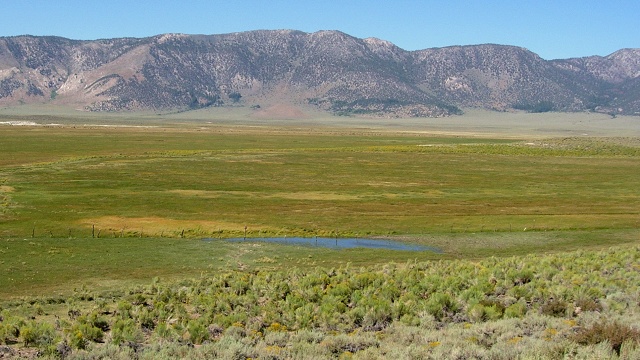
California is a wonderful state, and we in the Bay Area have the best of it, I think. But almost no place in the state exists in isolation any more. The twin engines of California civilization are electricity and water, and both of these are systems that integrate—or entangle, if you will—all corners of the state. As we approach the limits of our power and water, we will face some wrenching decisions with geological dimensions.
Our electricity today comes mostly from fossil fuels, which will inevitably rise in cost as their sources are depleted. The long-term trend is toward renewable/sustainable energy sources, whether that's geothermal, wind or solar electricity. State law requires this energy sector to double in size in the next eight years. (The California Energy Almanac has the basics.)
Solar electricity is in the limelight these days because growth will be easiest there. The cheapest way to go, for an energy company, is to build solar power plants of the largest possible size on vacant land. That means the desert, and a corresponding network of transmission lines to the rest of the state. But there are good reasons for the rest of us to favor smaller, local projects. Since I focus on geology, I'll cite earthquakes.
Earthquakes demand resilient infrastructure: when the big power networks go down, as they surely will, we will need local backup. Where do we have too much sun? Parking lots. Imagine if every parking lot had a solar power generator on it. Heck, just imagine parking in the shade everywhere. Operating one of these small local generators is no more complicated than managing a small apartment building or a car-repair shop. Our residential roofs get too much sun, too, and the same act of imagination leads to the same conclusion there.
Water is a different problem, because while electricity can be manufactured, water cannot. Geologists have long known, from paleo-environmental studies, that California has had large fluctuations in its climate over just the last thousand years. That means California's "deep present" is chronically in or on the edge of drought. The trend today is toward greater drought, and our demands for water are straining the natural system that means so much to us. In a word, all of California is a desert.
